What is an LC Filter? A Beginner’s Guide to Inductor-Capacitor Circuits in RF Design
Understanding LC Filters LC filters, integral components in radio frequency (RF) design, play a crucial role in signal processing by utilizing the unique properties of inductors and capacitors. An LC filter is defined by its fundamental components: inductors (L) and capacitors (C). These two passive electronic elements work together to filter signals, allowing certain frequencies …
What is an LC Filter? A Beginner’s Guide to Inductor-Capacitor Circuits in RF Design Read More »
